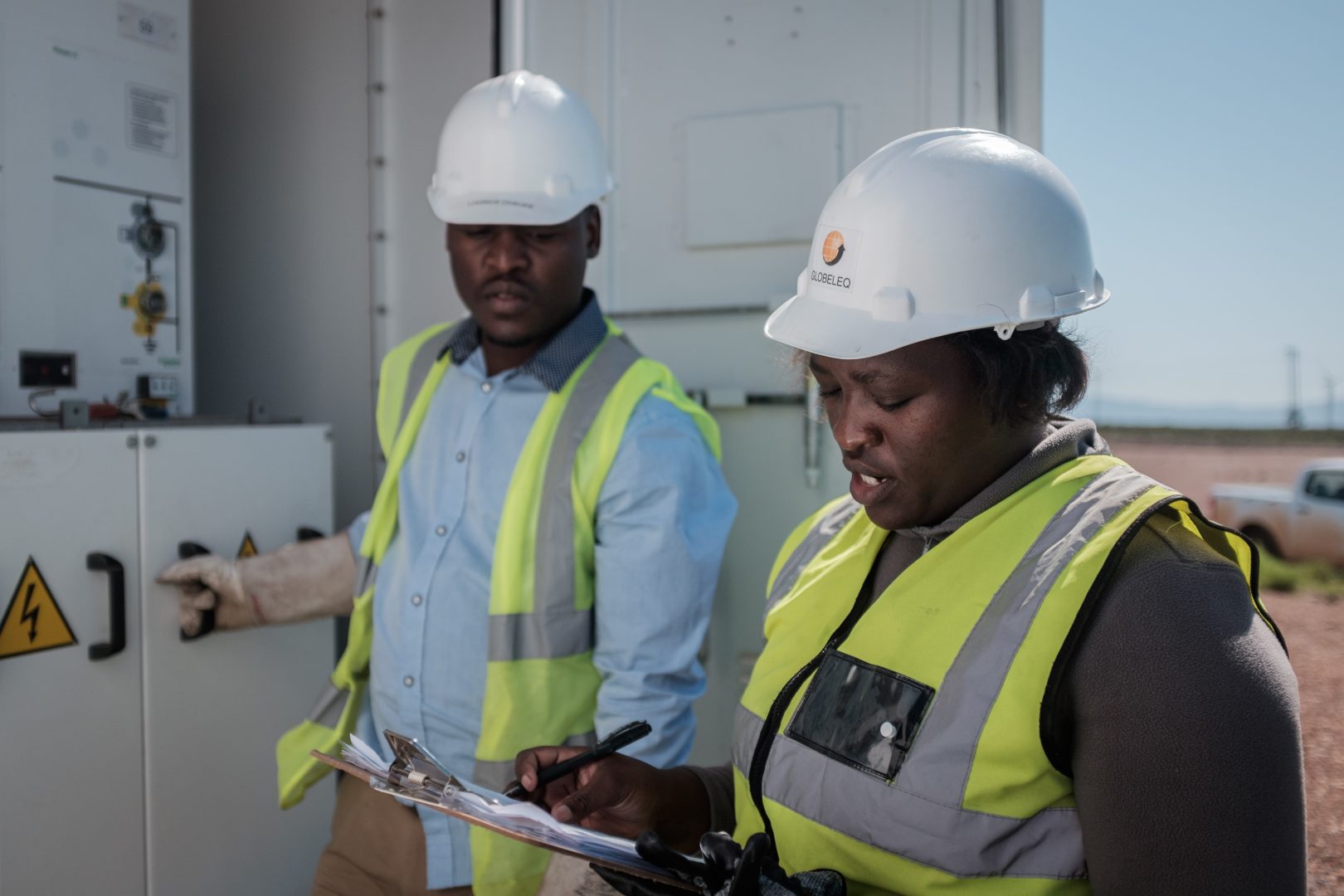Supporting financial institutions to work for women
Gender lens investing is on the rise
The GIIN defines gender lens investing as “investing with the intent to address gender issues or promote gender equity and/or investing with a process or strategy that takes in account gender dynamics.” Gender lens investing is on the rise, with bold initiatives such as the G7’s 2X Challenge led by development finance institutions (DFIs) which has committed to investing $3 billion in businesses that advance gender equality by December 2020.
CDC is proud to be among the DFIs that have signed up to the 2X Challenge and gender considerations are an important part of our investment screening and due diligence process. This includes understanding gender gaps across boards, senior management, employment, entrepreneurs and consumers.
This allows us to identify where, with our support, investees can close gender gaps and integrate the findings into our underwriting process.
Financial services sector is full of opportunities to close gender gaps
A lot of our support therefore starts once we’re invested in a company. Using in-depth gender diagnostics we work with our investees to identify their challenges and put in place gender smart interventions and action plans which fit with and support their growth strategies. We have found that the financial services sector is full of opportunities to close gender gaps – both across the workforce and the consumers they reach. Our work across this sector in South Asia provides several examples of this kind of engagement.
Following conversations with one of our portfolio banks in Pakistan, a gender diagnosis identified a need to increase the talent pipeline of women in the workforce, with a goal of bringing more women into the senior management. We are working with the bank to address the problem in three ways. We are helping the HR team execute and measure gender smart interventions; we are identifying high-potential employees for leadership and development training; and we are supporting the implementation of a mentoring programme. The bank also has its first female board member.
Senior management positions are important for the direction taken by the bank, but a large percentage of the more junior staff should also be women. This not only provides valuable employment and creates a pipeline of women for senior leadership roles, but also helps the bank to retain talent and work effectively with female customers. Yet at many financial institutions in South Asia, women still make up a small portion of the workforce. For example, at an Indian financial firm in which we invested in, women accounted for only 5 per cent of middle management and 19 per cent of total staff.
We identified a number of gender smart interventions to lift these numbers and are actively working with the investee to execute on them. Together we identified the business case, designed a gender action plan and set targets for workplace diversity and inclusion. We created a women’s professional development programme and made sure that workforce data was broken down by gender. We monitor progress at the organisation through a dedicated sub-board ESG committee and recently developed an impact framework to help track progress over time.
Women are supported to progress in the workplace
The results to date have been impressive. Two years ago, only 35 per cent of women staff returned after maternity leave; now 95 per cent do. More women are receiving professional development coaching. More women are applying for senior jobs and more are being promoted. The bank is even going as far as collecting gender disaggregated data right across its hiring process (from application, to interview, to offer and acceptance) to track and eliminate any unconscious bias across this process.
Employment at banks and other financial institutions is not the only issue. The way they interact and approach their customers also has an important effect on gender equality and women’s economic empowerment. Women have historically suffered restricted access to financial services particularly to credit due to tight collateral and know your customer requirements. This is harmful not only for women but to the wider society, as opportunities for economic participation are limited.
We had an opportunity to address this problem with one of our investees, a bank in Nepal. A gender diagnostic revealed that women made up only a small minority of clients, despite evidence that women are less likely to default on their loans. We sponsored the management team to attend the All Stars Academy, a programme run by the Financial Alliance for Women, which teaches financial institutions how to target female customers as a distinct market. We also encouraged staff members to attend training sessions aimed at improving the value proposition for women. The relevant staff are now better equipped to understand women’s differentiated needs and preferences, and to design products and services that suit them.
95
per cent of women at an Indian financial firm return to work after maternity leave
Promoting gender equality is a major contributor to our goal of advancing economic development
These are just three examples of the kind of work that CDC does to help the financial institutions it invests in to realise social and commercial gains from investing in women. We apply similar approaches and strategies across our portfolio, working with financial institutions across Africa and South Asia. This due to our strong conviction that promoting gender equality is not only the right thing to do; it is a major contributor to our central goal of advancing economic development.








